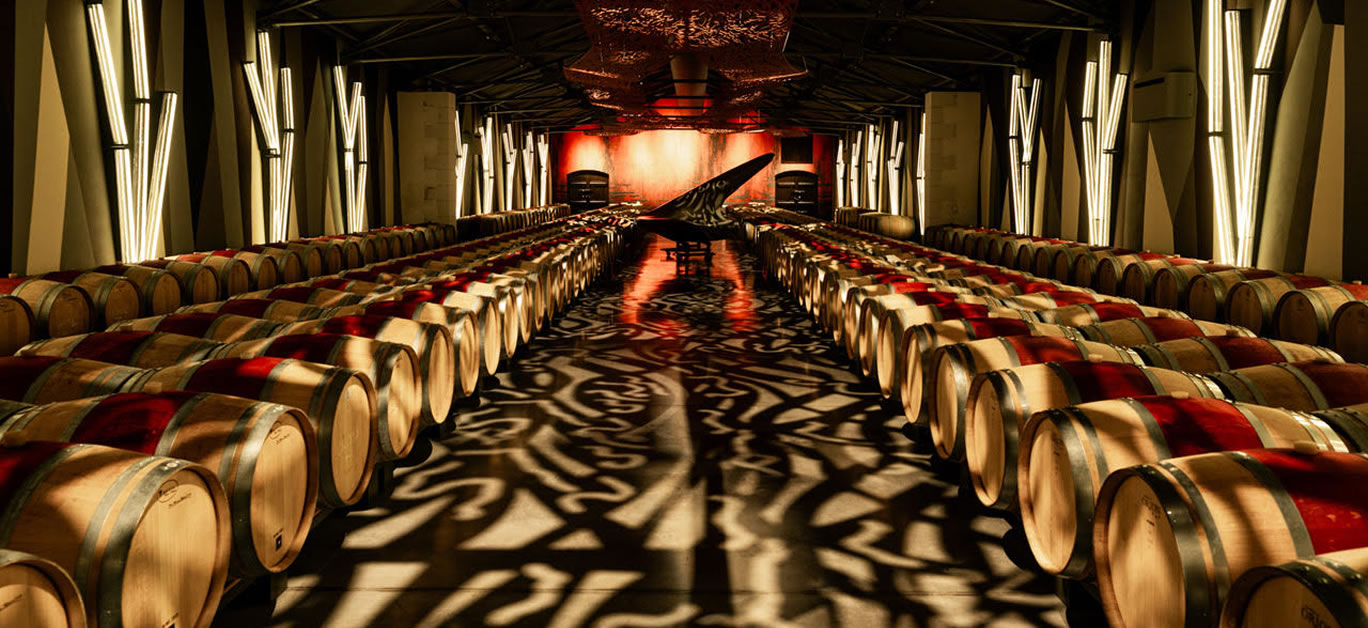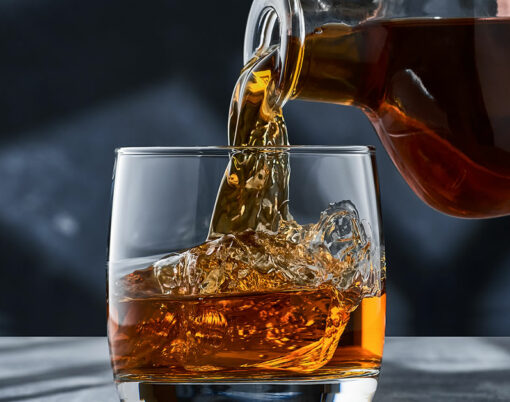The Rothschild name has historically been associated with significant influence, particularly in the worlds of banking and fine wine. Indeed, as far as wine is concerned, the name itself is a rubber stamp of quality, even for those who aren’t au fait with the world of fermented grape juice.
While their most renowned wine estates (Château Lafite Rothschild and Château Mouton Rothschild in Bordeaux) may feel out of many people’s leagues both price and accessibility-wise, the family’s wine interests stretch further than France to all corners of the wine world, touching on many different styles, from New Zealand Sauvignon Blanc and Pinot Noir (Rimapere) to reds and whites made at Viña Los Vascos in Chile.
If it’s finding affordable luxury in Bordeaux that piques your interest, however, there’s another Rothschild-owned Château that deserves your attention. Enter, Château Clarke and a new vision for Bordeaux wine.
Where is Château Clarke?
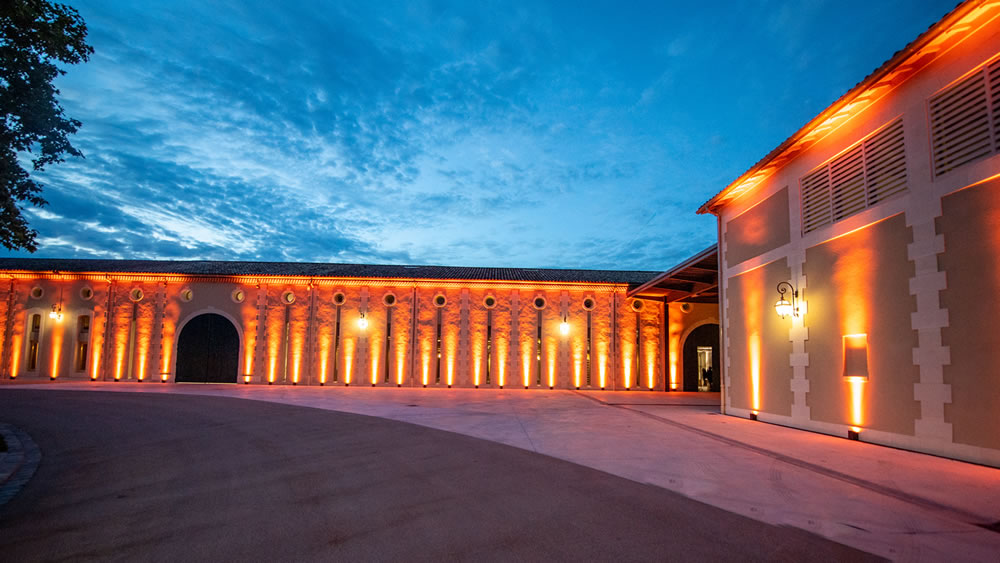
Château Clarke is located in Listrac-Médoc, which is one of the smaller, lesser-known Bordeaux appellations and forms part of the larger Médoc area on the ‘left bank’ where many seriously expensive wines come from. It has just re-emerged in 2023 after three years of extensive building and redesign works to elevate its position to the quality level that its famous owners felt it was destined for. With this in mind, one might well wonder why such a prestigious family name is not used for this Château. The answer lies in the original vision by Edmond de Rothschild himself.
While the estate has existed since the 12th century, it was only named in the 18th century when it was purchased by an Irish family called Clarke. Later on, in the early 1970s, wine lover Baron Edmond de Rothschild was looking for an existing wine estate with potential that he could make his very own bijou, ‘masterpiece’ passion project.
He fell in love with Château Clarke and bought it, keeping the name as it had already had a history in the region, but also because it allowed him to keep it as a more discreet, personal project. His team set to work making huge improvements to the facilities and vineyards, restoring much of what was already there and redesigning and replanting the entire fifty-five hectares of vines to make them all into one single parcel.
For Edmond, this estate was a true labour of love until his sad passing in 1998 when it was handed down to his son Benjamin and wife Ariane. Together, Benjamin and Ariane continued Edmond’s vision to keep Château Clarke at the very forefront of winemaking in Bordeaux, investing in new equipment and expertise to make the estate beautiful as well as functional, just as he had wanted.
Wine meets art
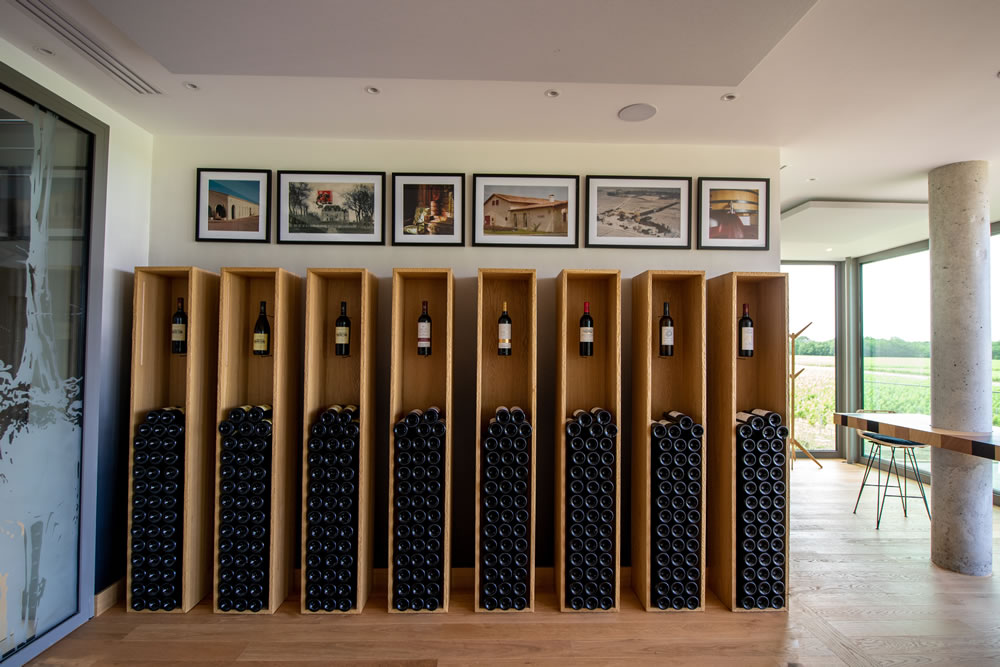
Here, in 2023, the property has just emerged from three full years of major renovations and works. Château Clarke is finally exactly what Baron Edmond had envisioned; ready to meet all the challenges of winemaking and climate change in the 21st century, while blending modern techniques with traditional values and a strong sense of the French concept of l’Art de Vivre.
Stunning not just in its functionality, but in design, every part of the property is a true work of art, from the beautifully appointed tasting rooms and cellars to the exquisitely landscaped grounds that have benefitted from the expertise of renowned craftspeople, artists, engravers, painters and glass sculptors. The property also includes an historical, small winery called ‘Le Merle Blanc’ that has produced white Médoc wines since the 19th century, long before the local whites were as fashionable as they are today. Like the main winery, this too has had a full makeover and now boasts a stunning, huge wall that is more like a giant work of modern art.
“Our commitment has always been characterised by boldness and the courage to act and reinvent,” said Ariane de Rothschild, who is the former president of Edmond de Rothschild Group.
Very sadly, Benjamin de Rothschild passed away suddenly in January 2021 before the works were finished. He may never have seen the completed masterpiece that was his father’s vision back in 1973, but he would have known it would get there and was left in the best hands with his wife Ariane at the helm. The family’s resilience and their passion for excellence and the beautiful things in life have set Château Clarke as a new benchmark for Bordeaux wine; one that will continue to evolve for generations to come and will forever honour the best things in life. And that is the true art of living.
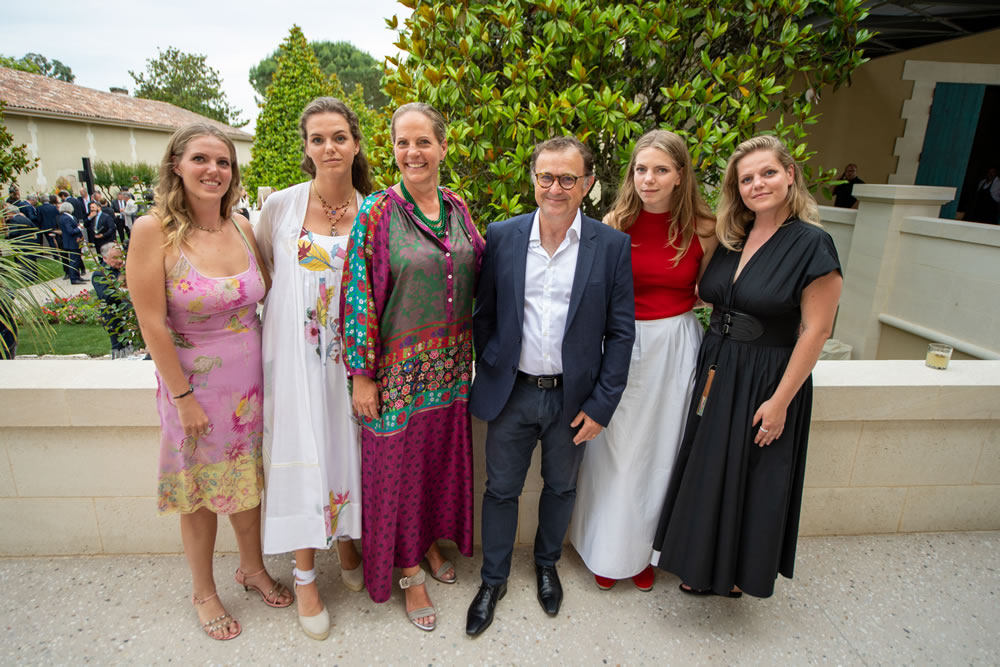
The wines of Château Clarke
Château Clarke 2016
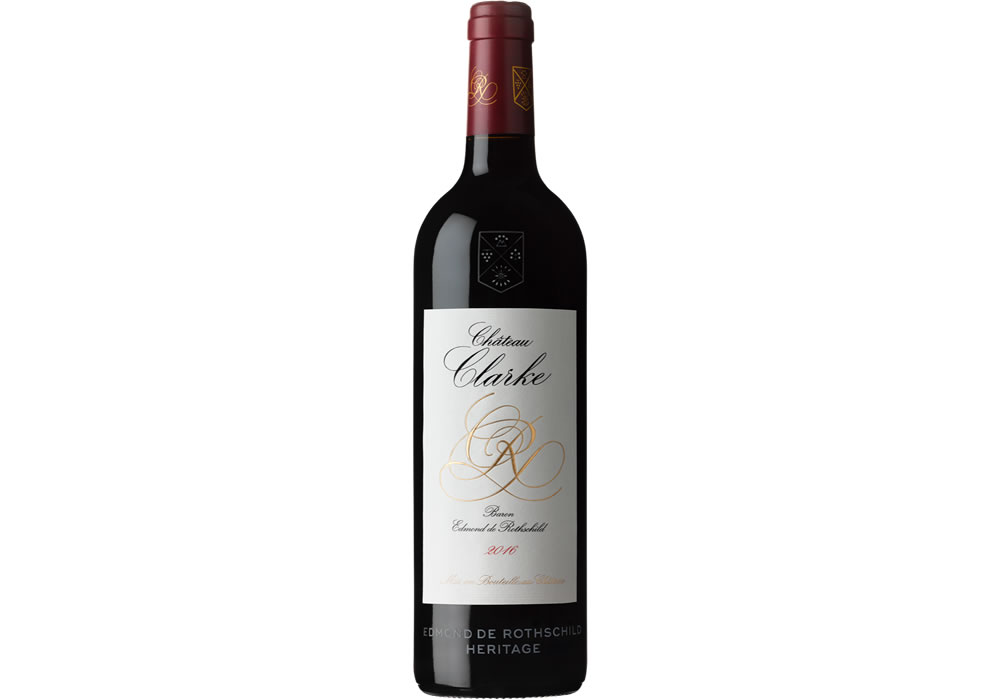
70% Merlot, 30% Cabernet Sauvignon
Bucking the trend of its left bank, Cabernet Sauvignon heavy location, Château Clarke has become known for producing red wines that are Merlot dominant. 2016 is an important vintage for the estate because it marks the first year that they worked with technical director Fabrice Darmaillacq and consultant oenologist Eric Boissenot and therefore showcases the evolution of the Château’s wine style.
New technology and equipment allow for every plot of grapes to be vinified separately and precisely before being aged in ideal conditions. The 2016 vintage is a concentrated and complex red with elegant, fresh aromas of cassis and violet. On the palate, it’s generous and velvety with a light touch, packed with ripe, black bramble fruit and tobacco spice. A fantastic blend of a traditional and modern style that is stunning now and will age beautifully. Try it with roast lamb, duck terrine and fillet steak. Delicious!
Price: £36 from Waitrose Cellar
Le Merle Blanc 2021
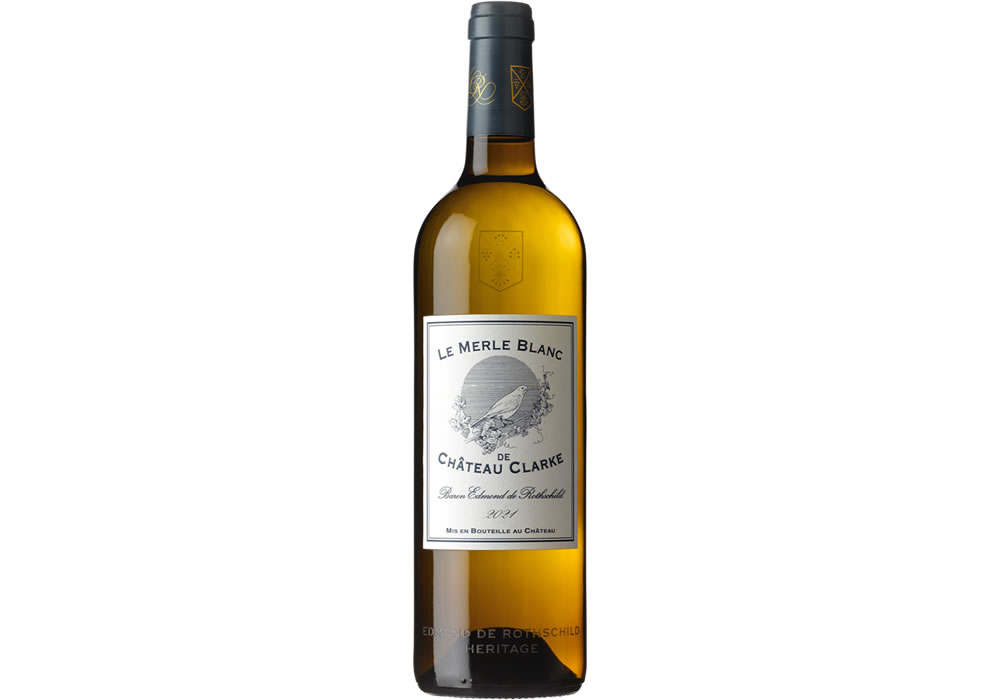
70% Sauvignon Blanc, 10% Semillon, 10% Muscadelle, 10% Sauvignon Gris
Translating literally as ‘the white robin’, this rare Médoc white wine blend combines refreshing notes of lemon citrus and white blossom with a hint of smoky, tropical fruit and a creamy texture from interaction with oak barrels. A fantastic foodie white, this is another wine that is drinking perfectly now but has the fruit and acidity to age gracefully. Try it with richer, white fish dishes, poultry or pork.
Price: £36 from Waddesdon Wine
Helena Nicklin is an award-winning drinks writer and broadcaster. Find her on social media @HelenaSips.
All imagery used in this article credit: Château Clarke












